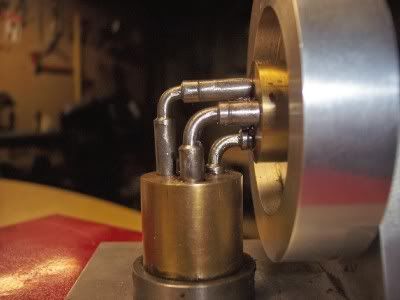- Joined
- Jun 4, 2008
- Messages
- 3,285
- Reaction score
- 630
As I get close to completing my first model I am thinking of trying to build an elbow engine as the second.
There are free plans for a 3-elbow model posted on this site, and I also found plans for a 5-elbow engine on the web for $11.
I would appreciate any advice. I understand that getting the elbows precisely at 90 degrees is the finicky part.
There are free plans for a 3-elbow model posted on this site, and I also found plans for a 5-elbow engine on the web for $11.
I would appreciate any advice. I understand that getting the elbows precisely at 90 degrees is the finicky part.







